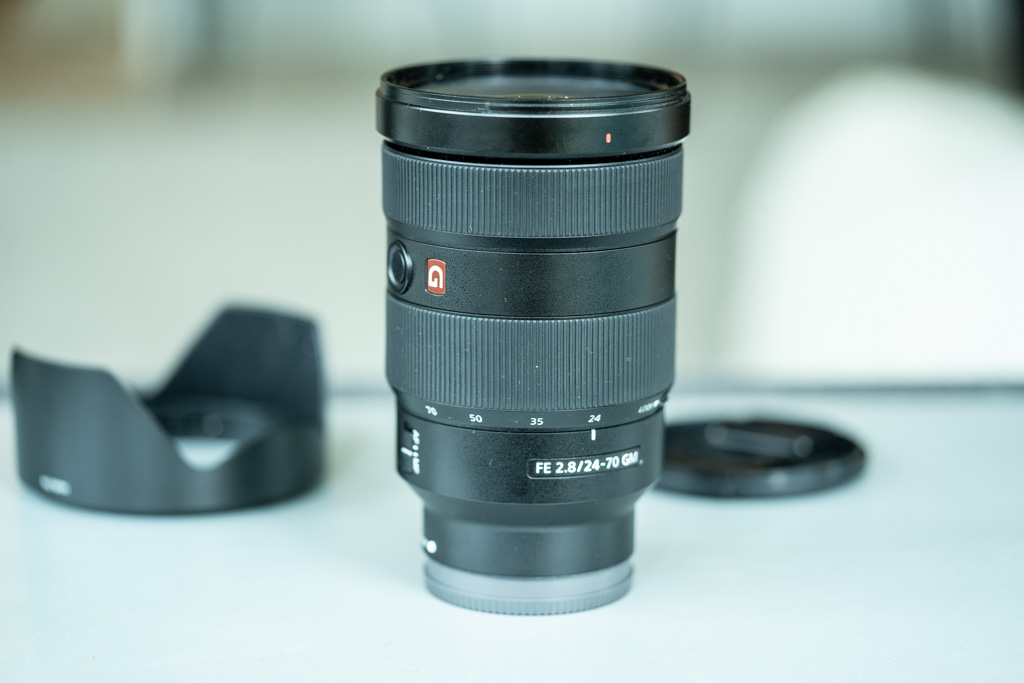
Faced with the hypothetical question ‘If you could only choose one lens, what would it be?’, many photographers would choose a medium range telephoto lens, like a 24-70mm. So I think it’s fair to describe this type of lens as a ‘go-to’ lens. Indeed, when I was first embarking on my digital photography journey and I realized I needed to invest in a good lens, I bought myself a 24-70mm f/2.8. So it feels apposite that after all these years, I had a chance to review the Sony FE 24-70mm f/2.8 G Master lens.
G Master lenses are essentially Sony’s best lenses, built with the highest quality optics and designed to offer beautiful images even under challenging circumstances. As you’ll notice in the name, this is an FE lens, designed to work with Sony’s full frame range of cameras, like the A7 IV and the A1. You can read the full review of the Sony A7 IV here.
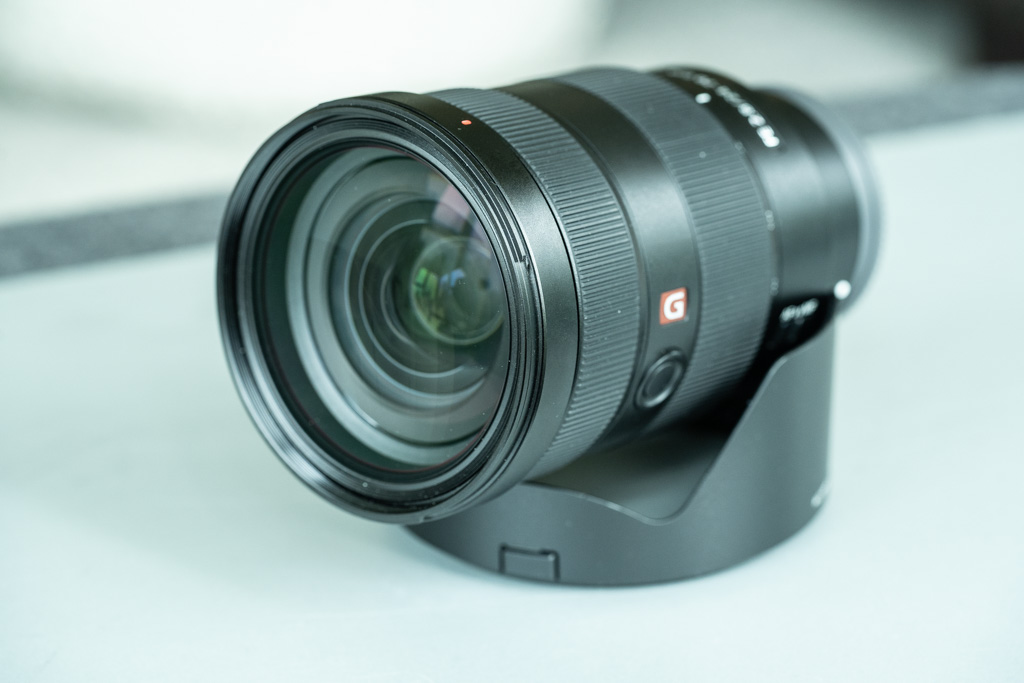
Key features of the 24-70mm f/2.8 G Master lens
Unlike some of Sony’s latest lens releases, this 24-70mm lens is not exactly feature packed. There are not a lot of controls on the body of this lens, which isn’t the end of the world—really our number one concern is going to be image quality. The body has a zoom ring, a focus ring, autofocus to manual focus switch, and a focus hold button.
I’m a big fan of Sony’s focus hold button. It’s really easy to locate and activate when you’re shooting, and while it defaults to finding autofocus, you can customize it to one of a number of other functions. There is also a zoom lock switch which you can engage when the lens is in the 24mm position. The essential purpose of this lock is to prevent the lens extending under its own weight. In reality, I didn’t find that the lens tended to extend when I pointed it down, but perhaps this tendency appears over time, as the mechanisms are worn in.
The final external feature I want to mention is the locking mechanism on the lens hood. This is, needless to say, not the most eye-catching feature, but it is a little unusual, in that you don’t often see it on lens hoods, and it’s the kind of thing that may catch you out (as it did me) when you go to remove the lens hood and the thing won’t budge.
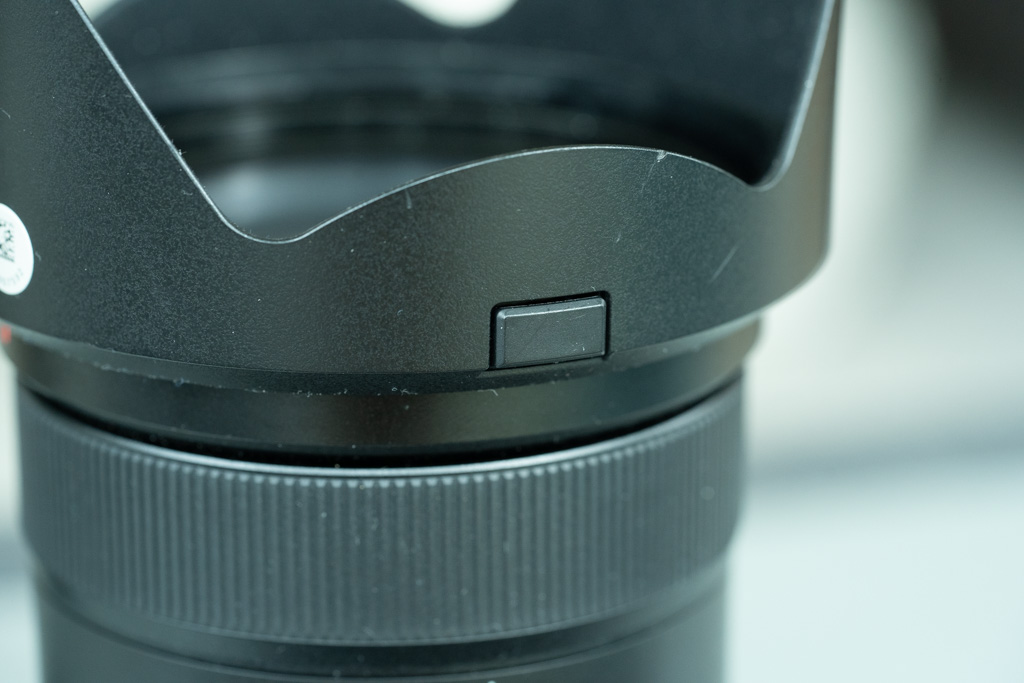
Wide maximum aperture
One of the main reasons photographers are attracted to a lens like this is the wide f/2.8 maximum aperture. A wide aperture literally lets in more light and this is really helpful in low-light situations where you need to keep your shutter speed up to prevent camera shake. I should also point out that the ability to use f/2.8 at any focal length is an important feature of this lens. Cheap lenses can only reach their maximum aperture at the widest focal length. The secondary effect of widening the aperture is to reduce the depth of field, that space in front of the camera within which everything is in focus. This is key to creating the bokeh effect which gives you those dreamy, washed-out backgrounds.
This lens at 70mm f/2.8 will give you the ability to shoot some absolutely stunning portraits, and this is one of the reasons it will appeal to wedding photographers. The bokeh is further enhanced by the fact that the aperture is always circular, as opposed to polygonal. This is a function of the blades inside the camera which create the aperture. If the aperture is polygonal, then point light sources will appear polygonal. Sony’s ability to create a circular aperture means that the highlights will look more natural.
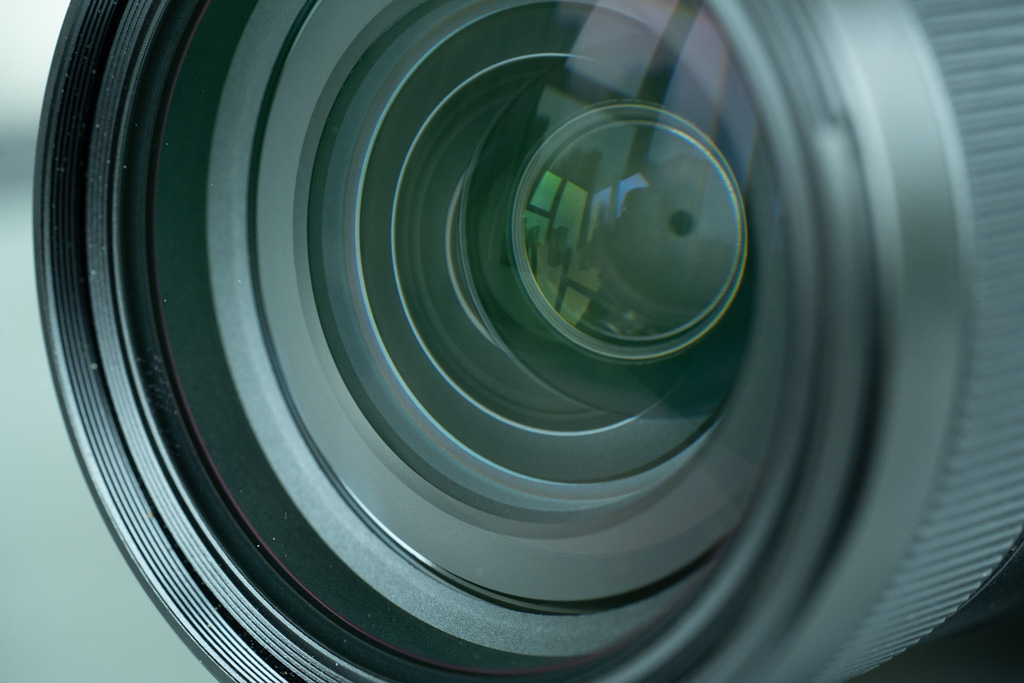
Using the Sony 24-70mm f/2.8 GM
I have to say that there is something immediately impressive about picking up a hefty lens like this. Weighing in at 886g, it is a bit of a heavyweight, and while that heft offers some reassurance, it is ultimately a disadvantage to those who spend a lot of time working handheld, like wedding photographers. You also need to take into consideration the size of this lens when the barrel is fully extended in the 70mm position—it’s kind of huge! No chance you’ll be able to work discretely I’m afraid.
Sony has included a Direct Drive SSM system to handle autofocus and I have to say it works beautifully. Autofocus speed is very, very fast and precise. It’s one of those things where the biggest liability in the system is the human behind the camera who has an almost overwhelming number of options available to them within the autofocus set-up menu. But if you can figure all of that out you will be richly rewarded with tack sharp images. I’m personally an absolute stickler for sharp images, and I always encourage photographers to cultivate a similar attitude.
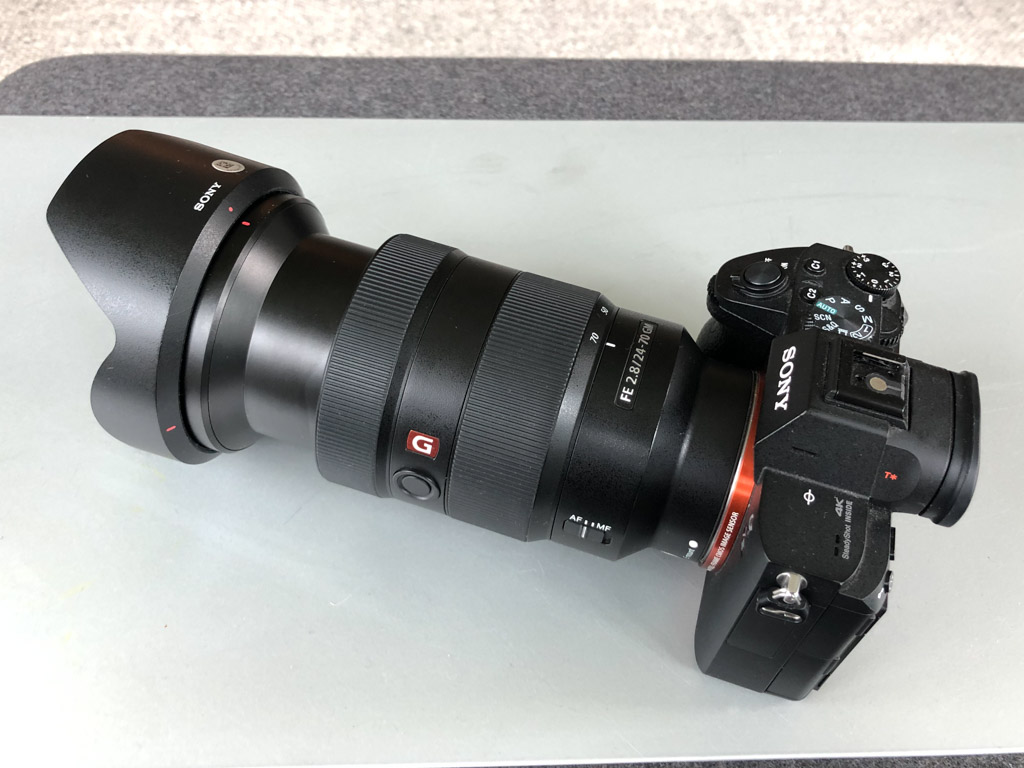
Conclusion
I thoroughly enjoyed shooting with the Sony 24-70mm f/2.8 G Master lens. The quality of images I was able to get and the overall performance was really top notch and I wouldn’t hesitate to recommend it to still photographers. You will get incredibly rich images with tonnes of detail right throughout the image. With inferior lenses the detail at the edges often peters out, particularly at wider apertures. I wouldn’t necessarily recommend this lens to video shooters however, primarily because of the size. I’ve come to the firm belief that prime lenses are optimal for video work, and Sony has some fantastic prime G lenses with aperture rings that are light and nimble.
Bottom line: If you’re a Sony shooter and you’re ready to step up your game and take great photographs, you can’t go wrong with this lens.
Be sure to check out the full range of camera lenses available at bestbuy.ca!









